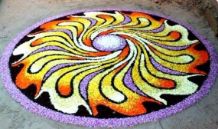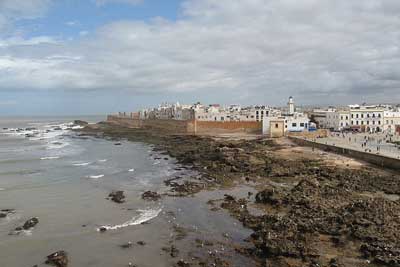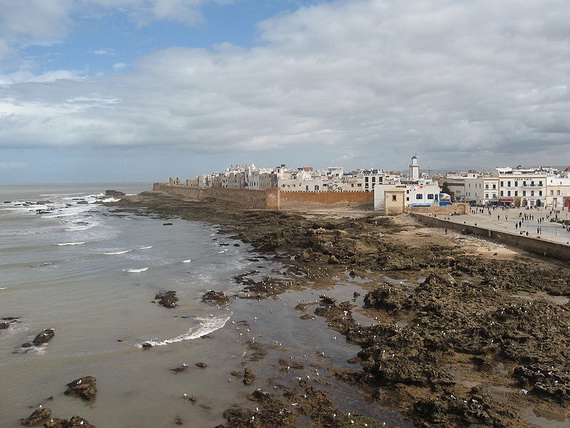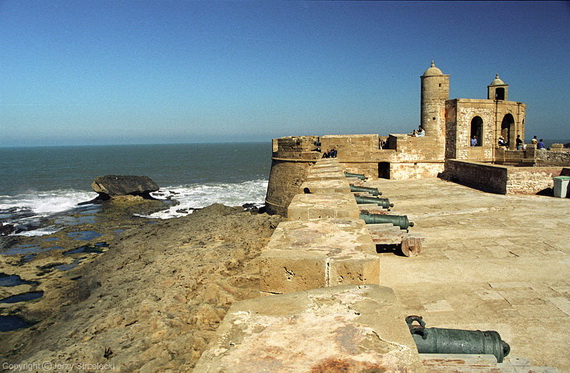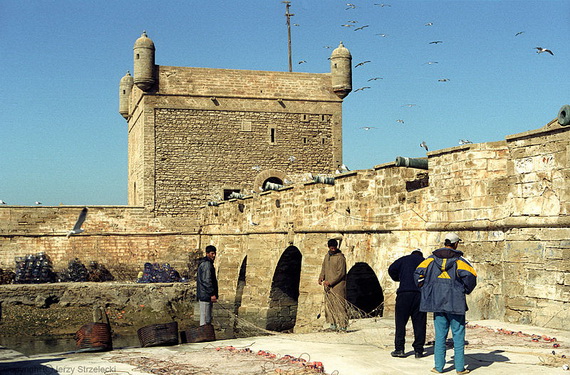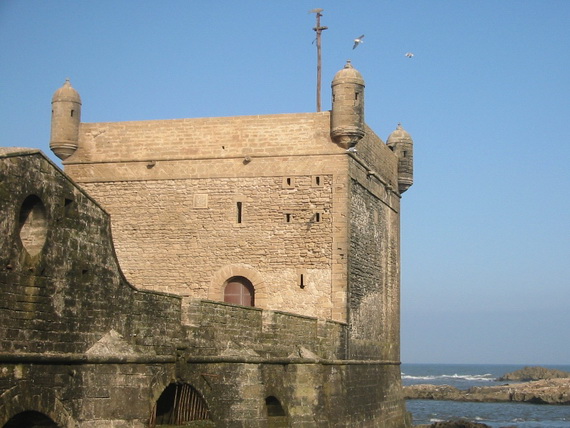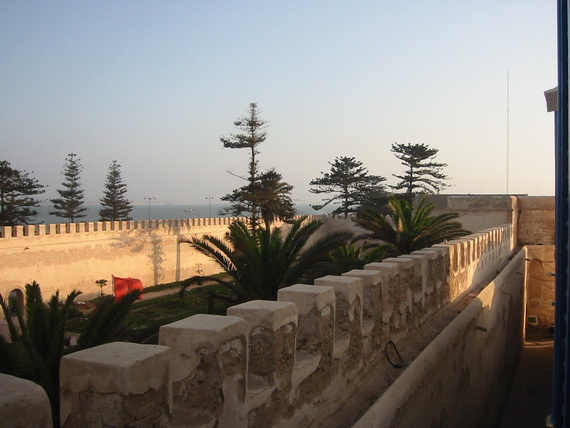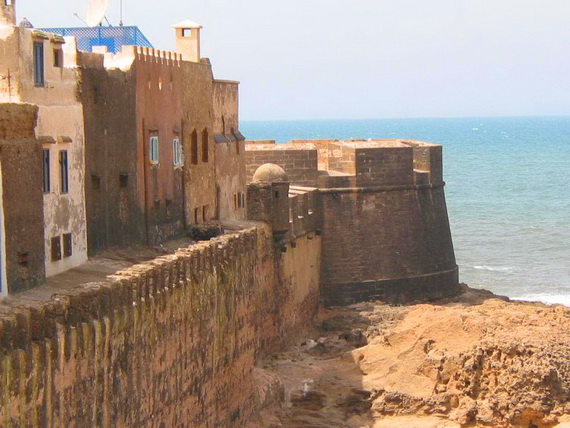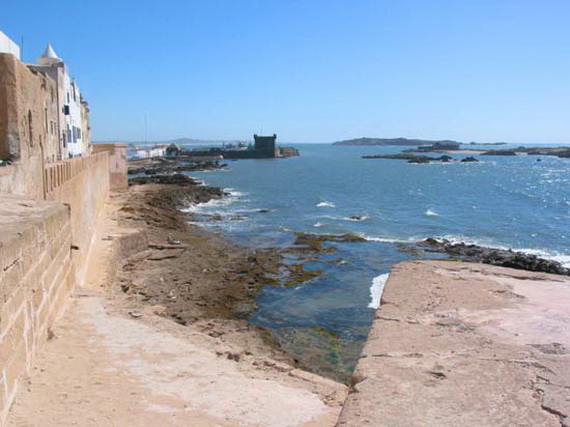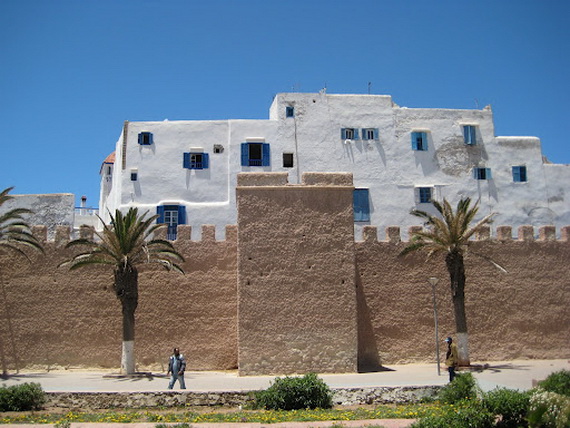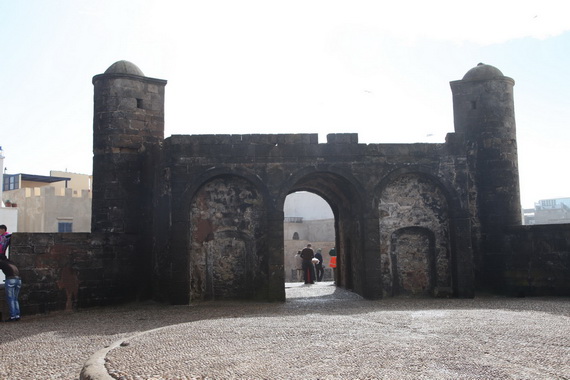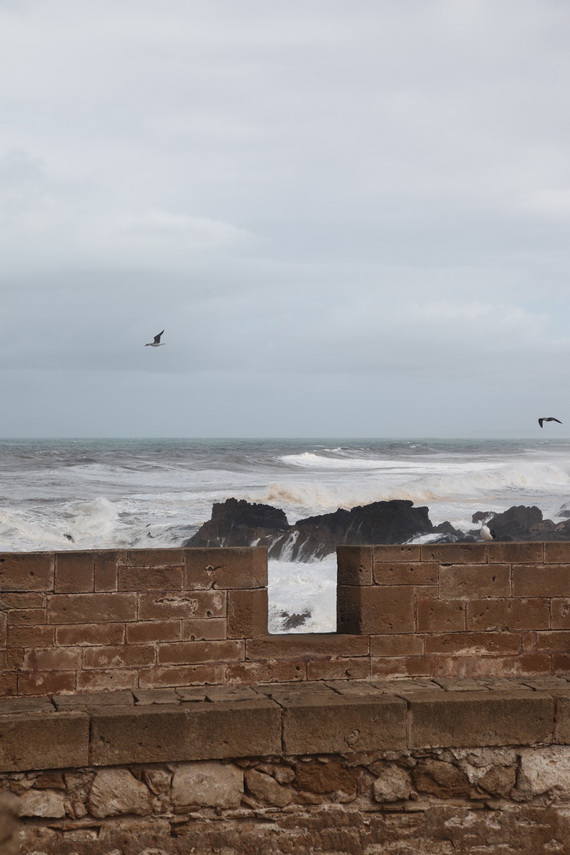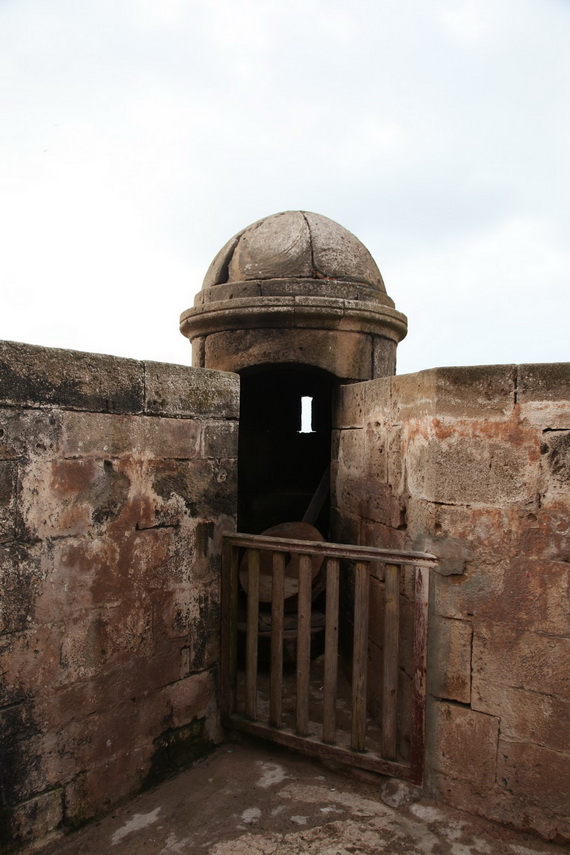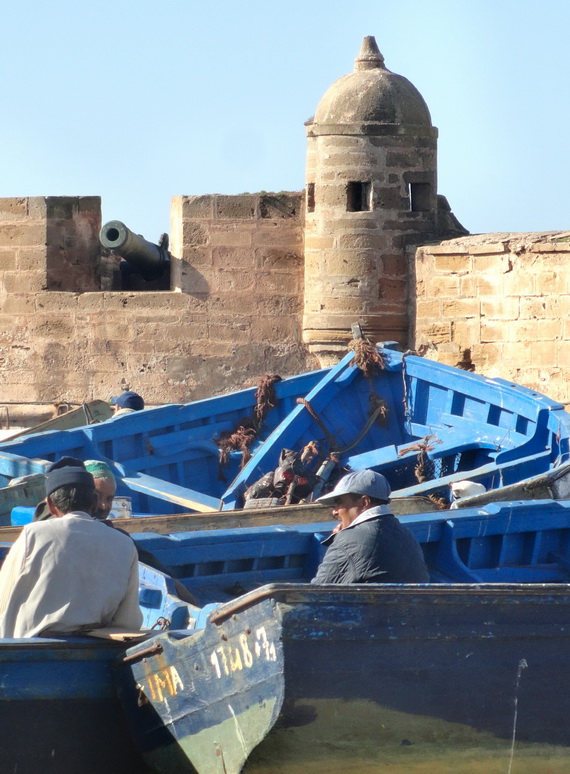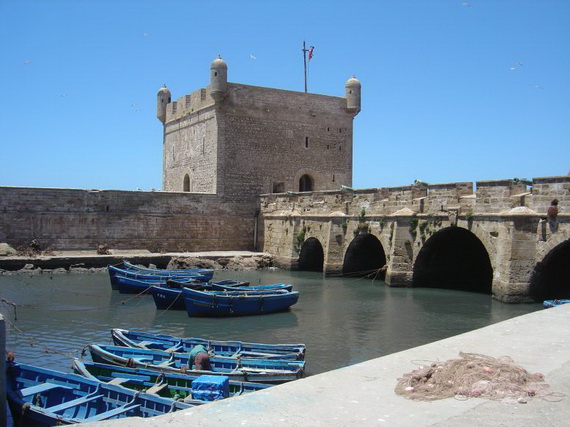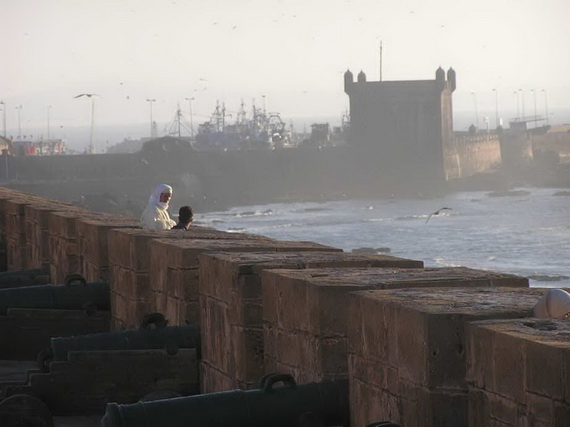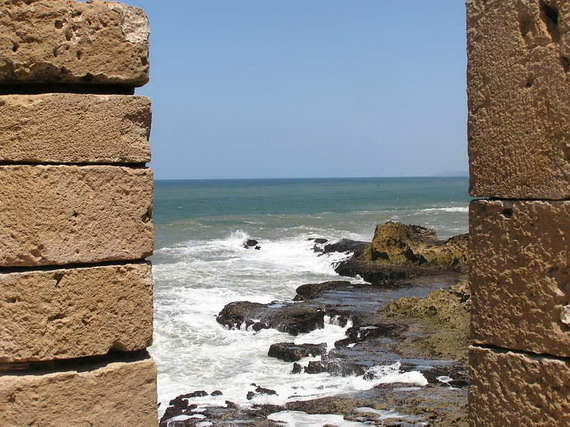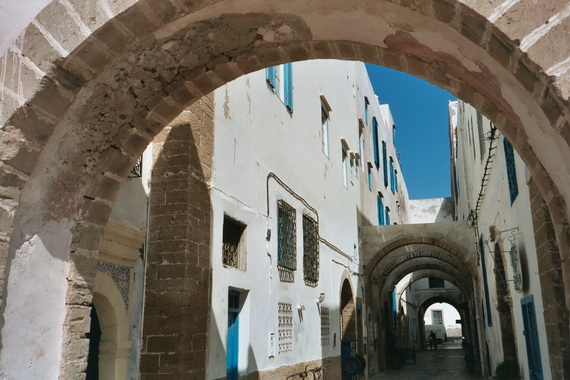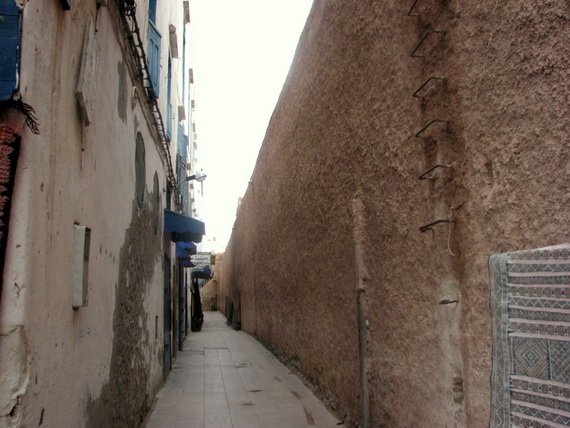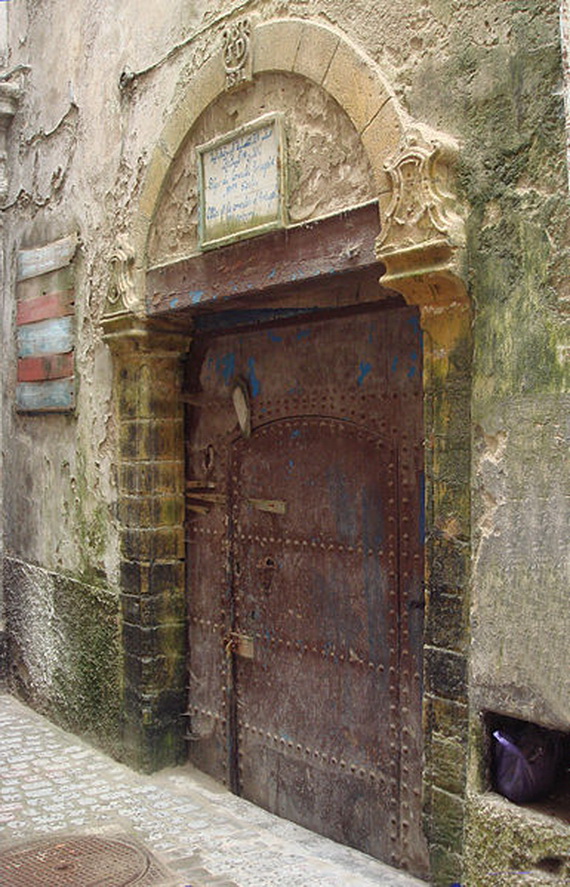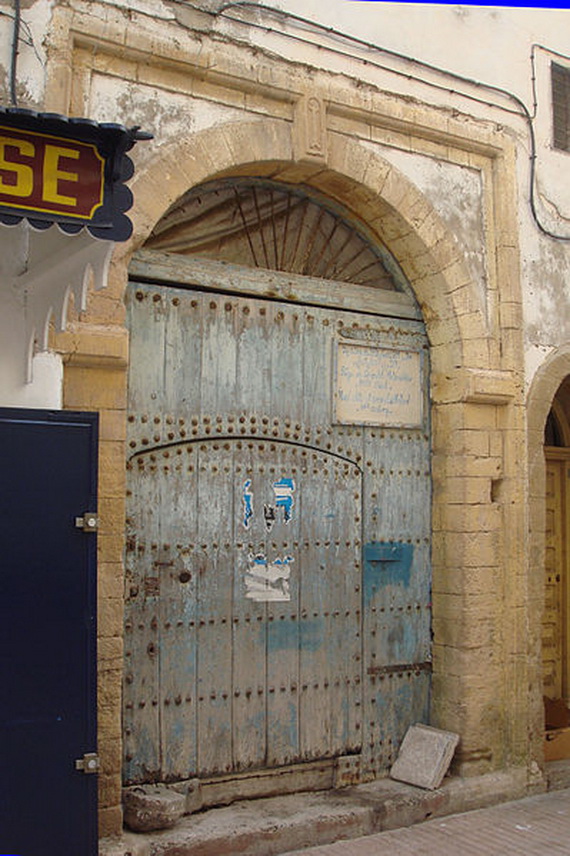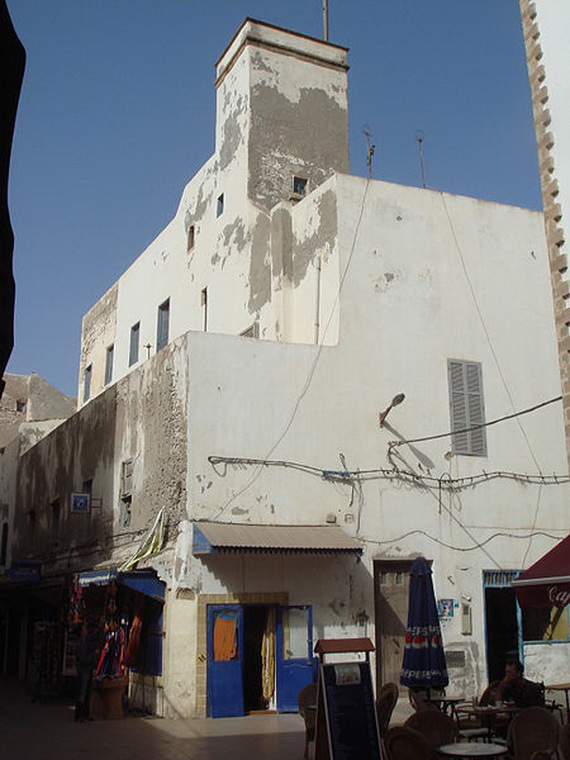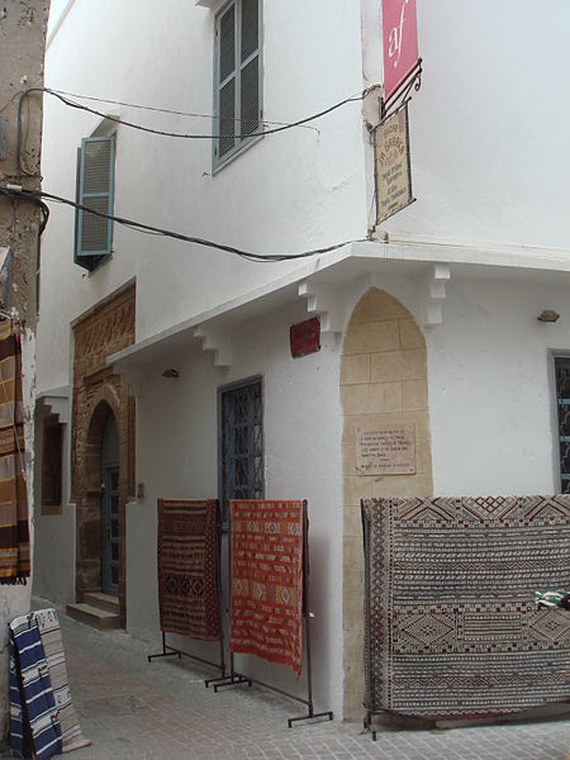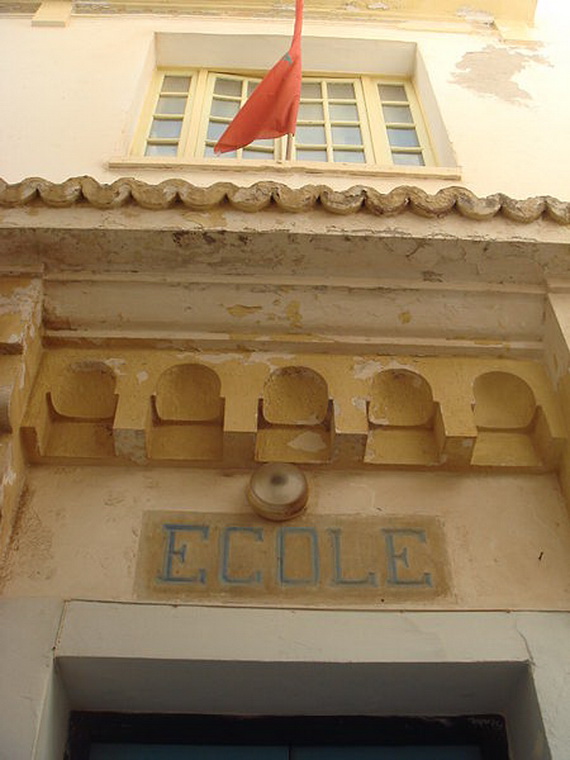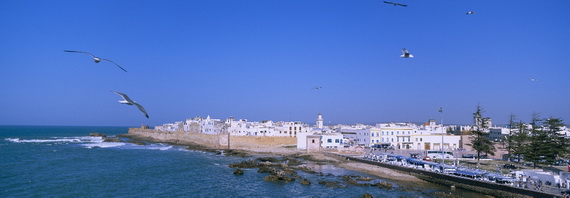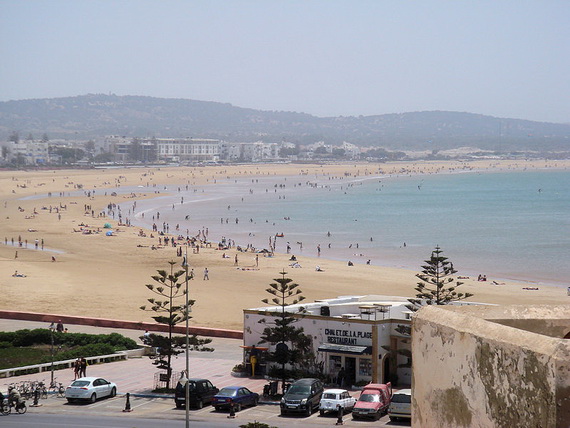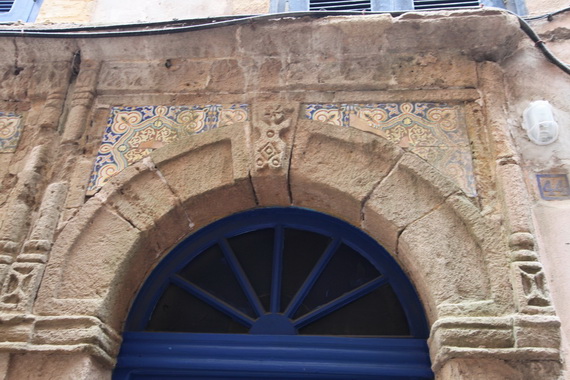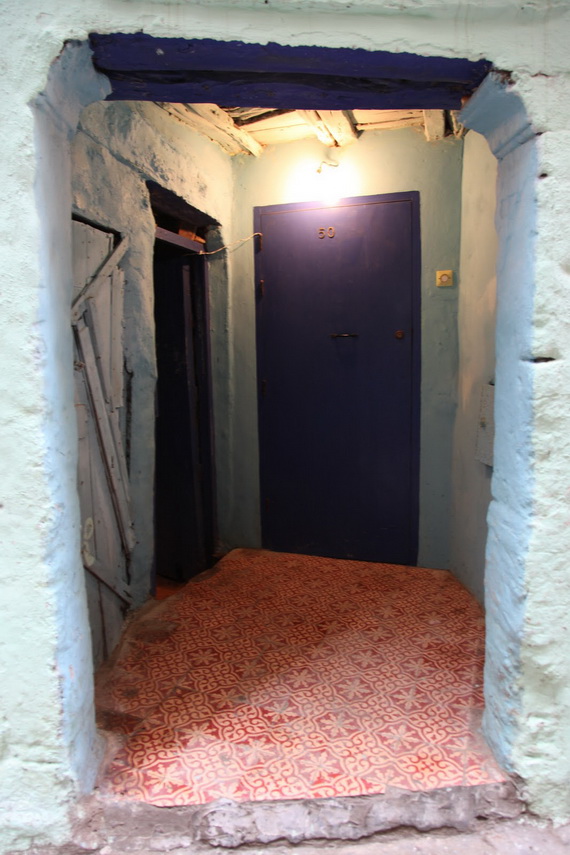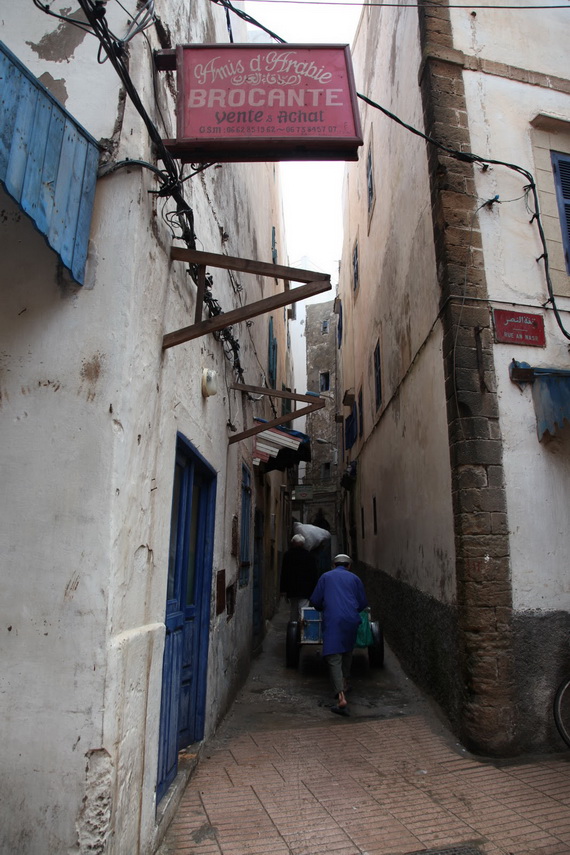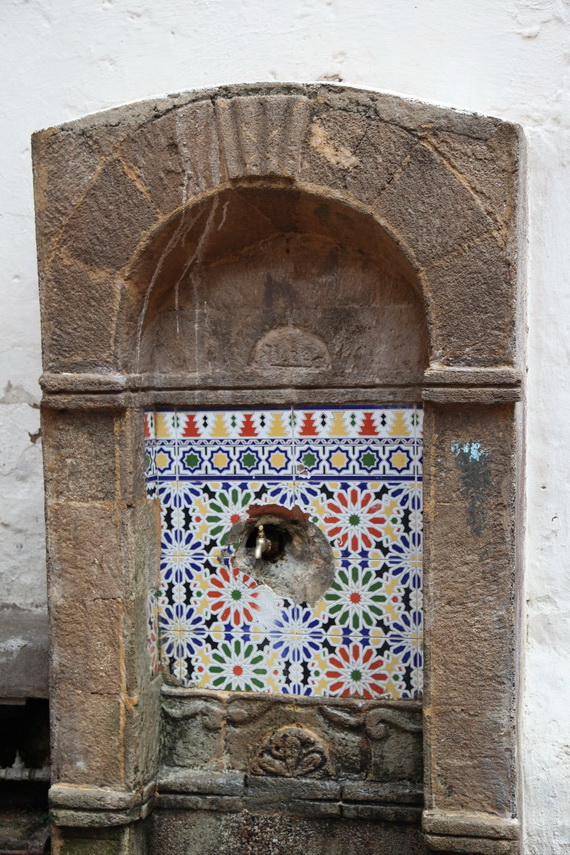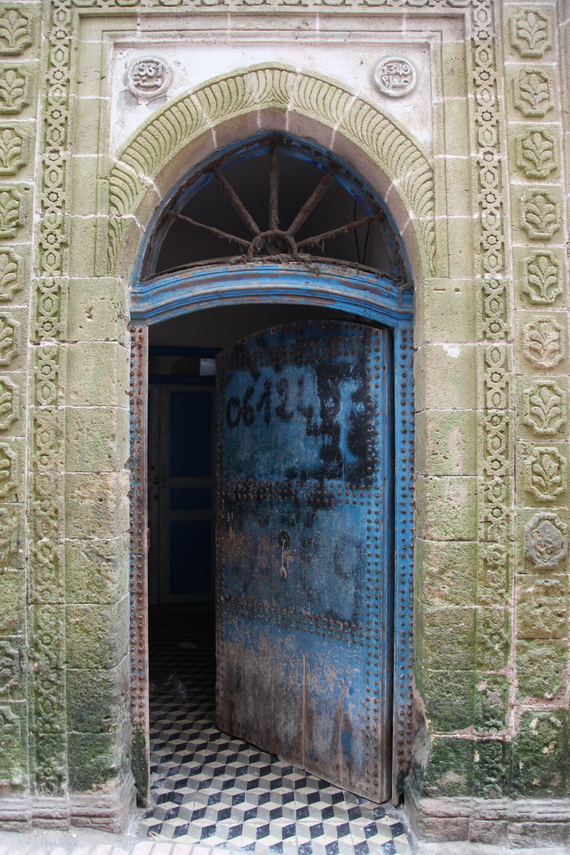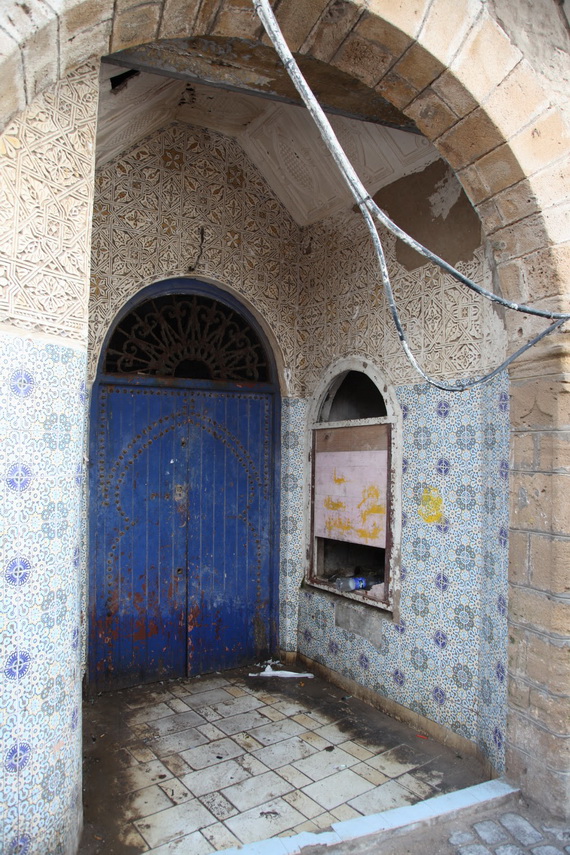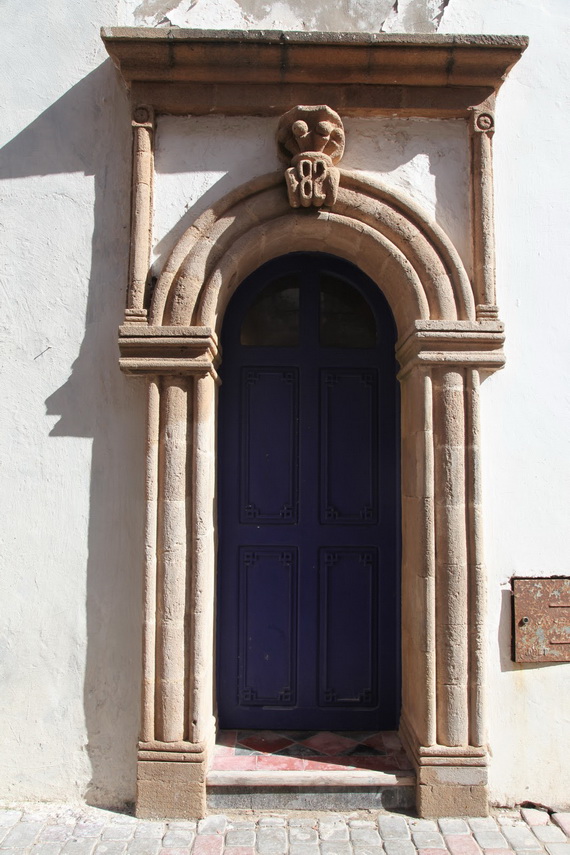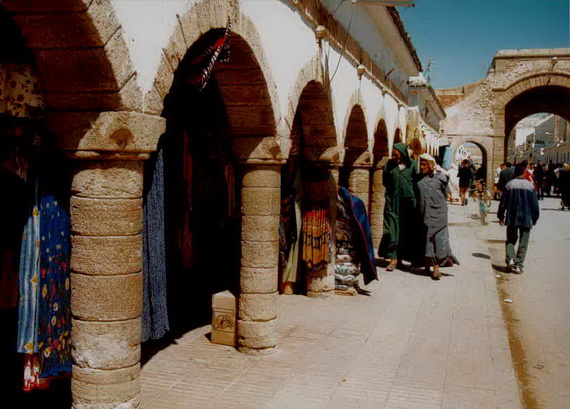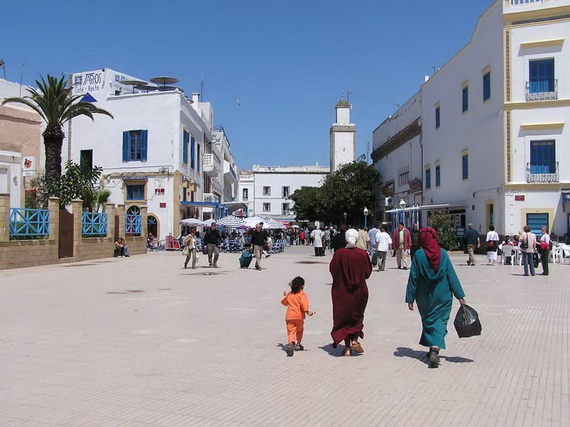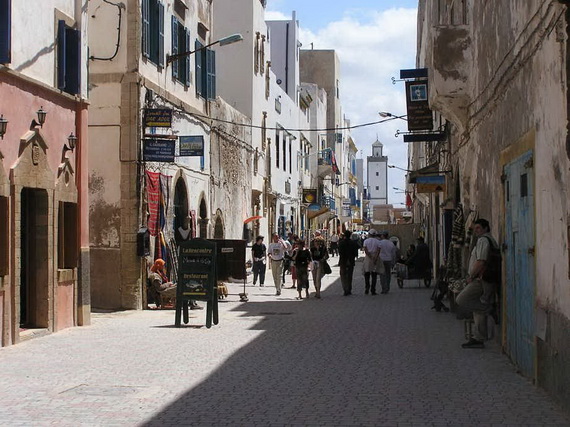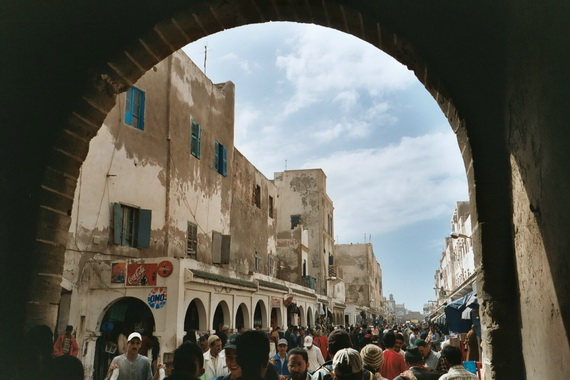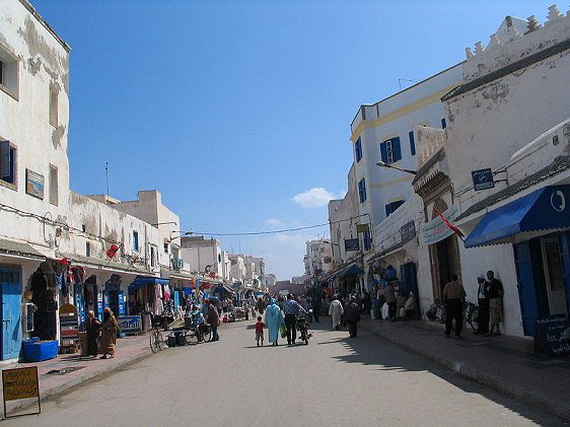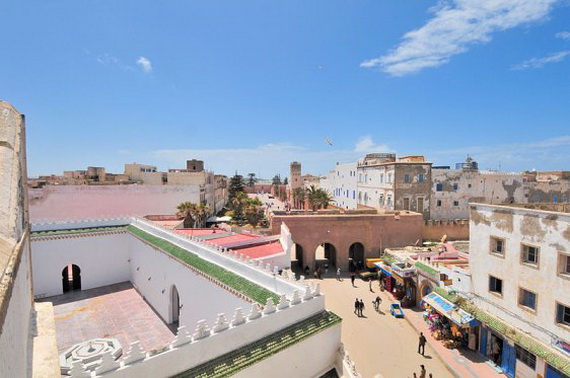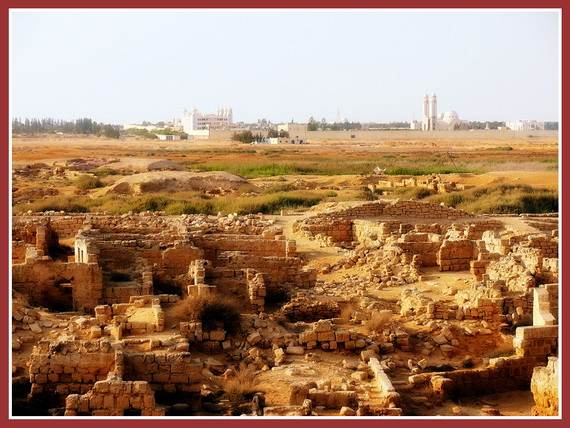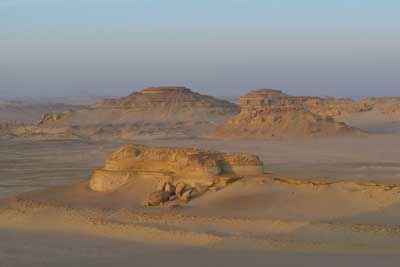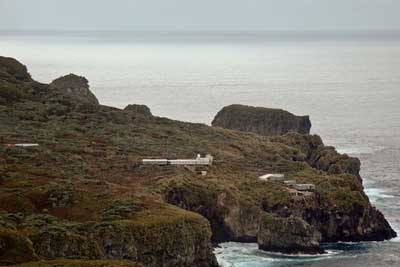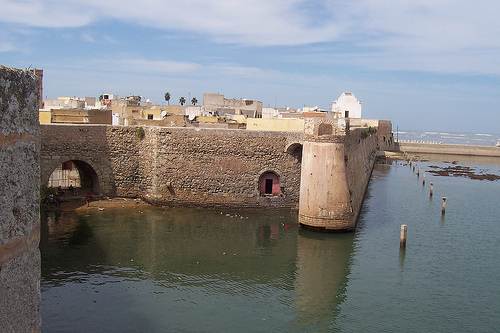The Medina of Essaouira is a fortified city in western Morocco (170 km west of Marrakech)that was listed as a World Heritage Site in 2001. The Medina of Essaouira is a preserved example of a late 18th century fortified town and wonderfully preserved example of architecture that has transferred to North Africa. Sultan and is one of only a few fortified towns that have survived to this day.
Essaouira, the amazing World Heritage Site in Morocco was an extraordinary fishing village known since the 16th century was first named after a Muslim Saint by the name of Sidi Mogdoul as Mogador. Essaouira (formerly Mogador) also mean “wall” in the Berber language, and this can be taken to refer to the city’s fortifications. Essaouira has been and old inhabited town since prehistoric times, In 1506 it was to become the site of a Portuguese fortress, but this was abandoned soon after. But only during the late-18th century the present medina begane to take its shape. the fusion of European military architecture with the African Muslimone gave Essaouira owes its apperance. Other major changes have been made also to this old town under the instruction of Mohammed III who envisioned greater things for this small harbor town.
Sidi Mohamed ben Abdellah decided to build a port (The port of Essaouira first seaport of Morocco) in 1760 that provided a link between Morocco and the African hinterland with Europe and elsewhere in the world. A French architect (Nicholas Théodore Cornut) WAS hired along with a small group of European technicians and respected architects had been profoundly influenced by the work of Vauban at Saint-Malo ( expecially Cornut) and were recruited by Mohammed Ben Abdullah the sultan of that time. They were instructed to create a modern fortress and a structured city. The seaport was renamed to Essaouira, derived from the word Souira (a Phoenician word) , meaning ‘Small Fortress’ , was transcribed into Portuguese the name Mogador was established to call the city. The town was made up of three separate districts; the Kasbah ,The Medina and The Mellah( a e Jewish quarter).Each of the districts was named after of one of the tribes that were involved in the building of the town. The port of Essaouira opened Morocco up to the outside world and assist in developing commercial relations with Europe. The result is a ported fortified city that was well placed to serve as a significant international trading seaport of the medieval age.
The designated area includes:
– The ramparts, Bastion, forts and The town gates.
– Kasbah.
– Mellah ( Jewish quarter).
-The prison.
– Several mosques especially the Mosques of the Casbah and Ben Yossef and synagogues which preserve the dynamism of the Jewish inhabitants.
– 18th century Portuguese church.
– The Dar-Sultan (old Royal Palace).
– The very attractive private houses.
Today The Medina of Essaouira is the perfect holiday destination and is considered a popular tourist attraction.The high Atlas Mountains protect it from the extreme heat of the Sahara, beside that Mogador Island protects the harbor from high seas and strong winds which it remained one of the best anchorages in Morocco. The Medina of Essaouira is filled with history, arts and adventure.
Travel Resources
Medina of Essaouira Hotels – View hotels near this location, check availability, maps, photos and reviews, and book at the guaranteed lowest price.
Medina of Essaouira Guided Tours – sightseeing tours and activities in morracoo.
View a selection of Books on Medina of Essaouira at Amazon.











